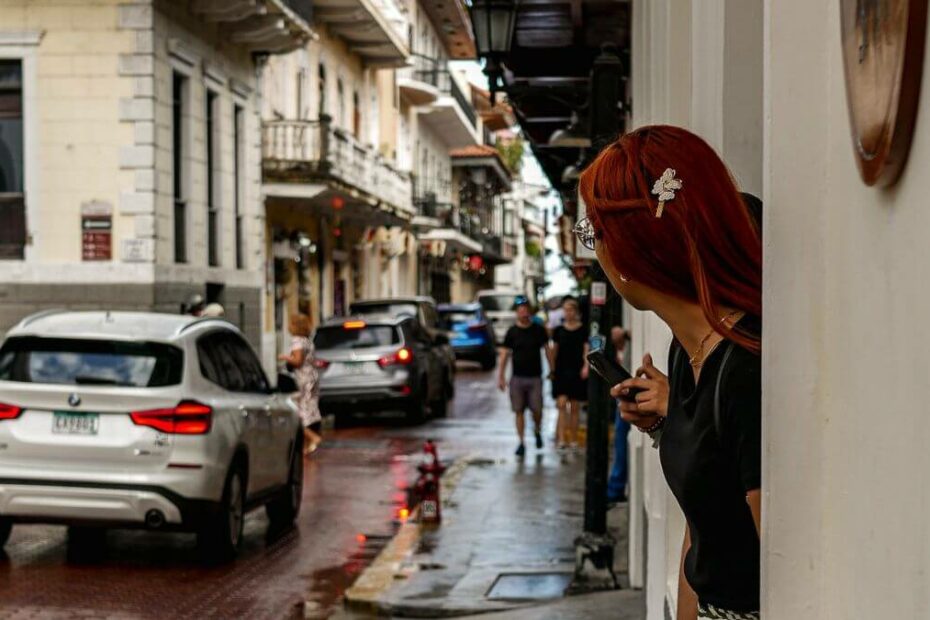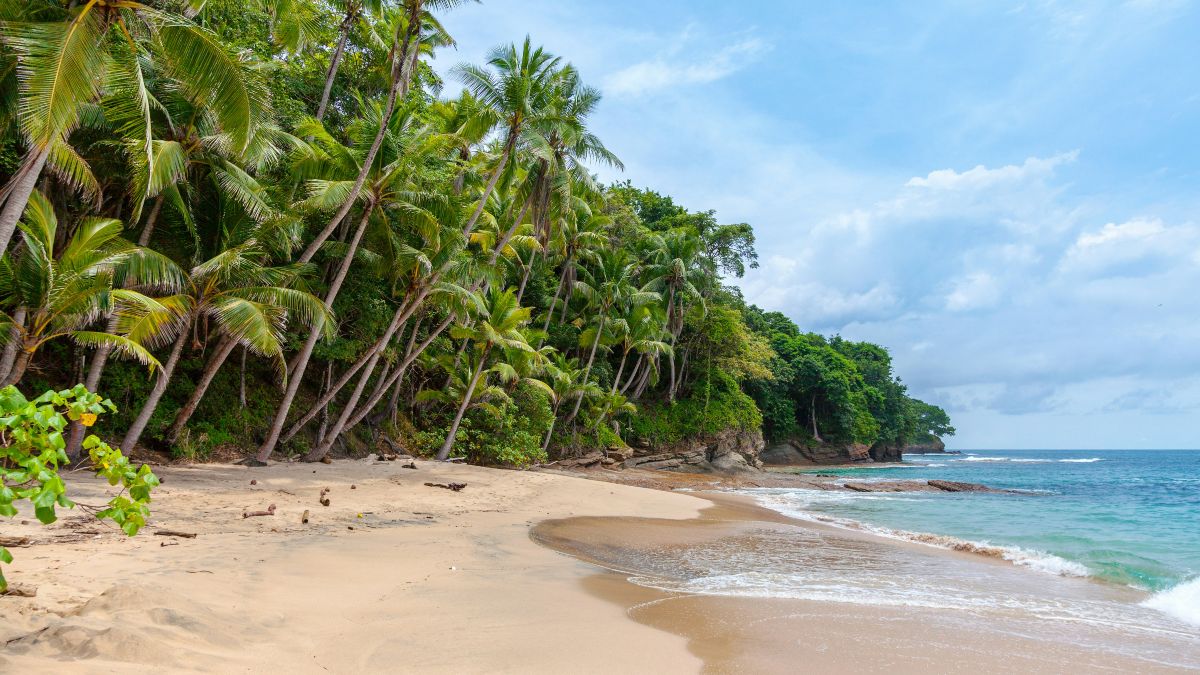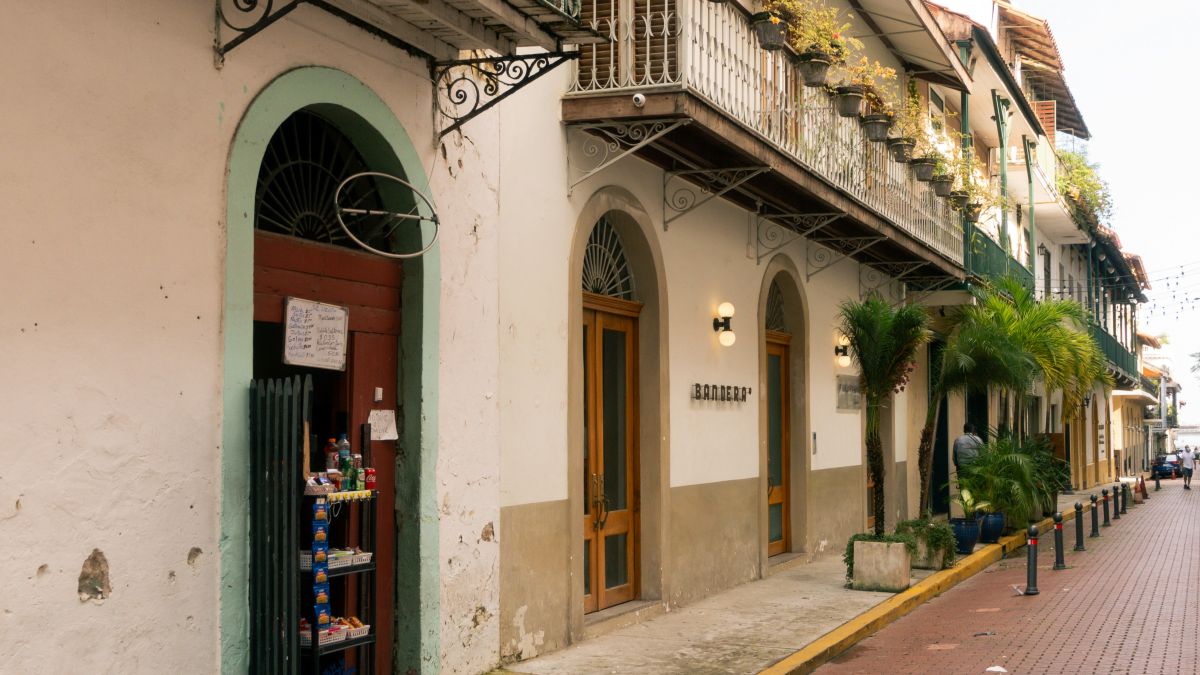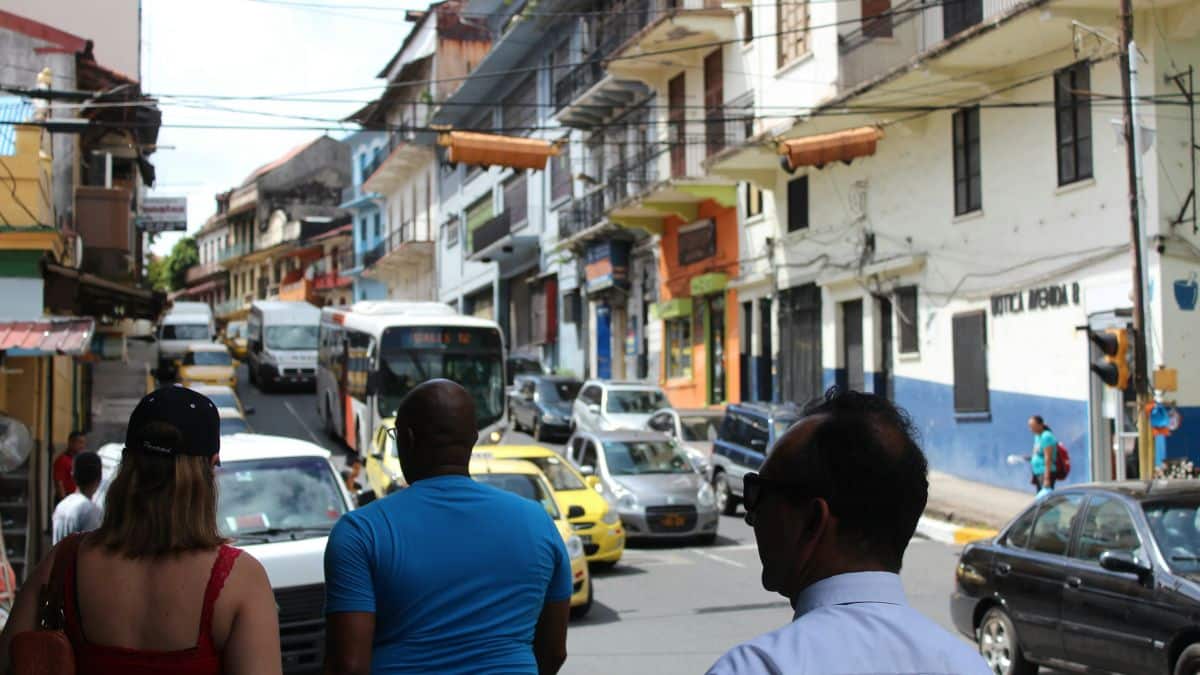Looking to settle in Panama City, Panama? Check out our guide to six of the best Panama City neighborhoods where expats tend to move to. This article contains some affiliate links, where we make a small commission if you purchase anything after clicking, at no extra cost to you. Visit our Affiliate Disclosure Page for more info.
With some forty percent of its population living in Panama City, Panama has the largest urban population in Central America. And once you get to know Panama City, you this little fact won’t come as any surprise to you. Especially when you start experiencing rush hour.
Panama City is at the heart of Panama, the cultural, banking, business, and political core of the country. You could say that Panama City is the beating heart of not only Panama, but, due to its location, the Americas themselves. Glance at a map and you’ll see that Panama City is a gateway between North America and South America, the Pacific and the Atlantic.
Looking at real estate in Panama over recent years with @panacryptocom to determine what’s driving the ongoing boom in Panama City luxury apartments.https://t.co/VCJ6jYmukj
— Central America Living (@VidaAmerica) November 27, 2023
It’s this unique location that makes Panama City by far the most cosmopolitan city in Central America
With gleaming skyscrapers, towering condos, and palm-lined streets, Panama City feels more like Miami or some modern South American city than anywhere else in Central America. International restaurants, theater, cinemas, entertainment, and nightlife are all here. It’s also a world-class banking, finance, and business center.
This is why so many American, Canadian, and European expats in Panama choose to live in Panama City. Sure, there’s a substantial amount of expats living in Bocas del Toro or out on the beaches of Coronado, but most of them are in the capital. The burning question is where.
Panama City is made up of many districts, but there are some neighborhoods in particular where foreign expats tend to end up. Depending on your outlook, of course, this could be a good or a bad thing. But the bottom line is that these particular neighborhoods attract foreign residents for their convenience, amenities, safety, and other endearing factors.
Below, in no particular order, we offer a rundown on some of the more popular neighborhoods in Panama City for expats:
Casco Viejo
Casco Viejo is Panama City’s historic and cultural center, a World Heritage Site since 1997, with colonial architecture, bars/nightclubs, boutique hotels, and restaurants. You’ll find this district jutting out into the Pacific Ocean on the west side of the city, near the Panama Canal, surrounded by the Cinta Costera. Much (although not all) of Casco Viejo has undergone massive gentrification since the turn of the millennium. What was once a shady and run-down area is now one of the more expensive and exclusive neighborhoods in Panama City.
Many colonial apartments have been remodeled here and rent will range from around $1,500 to $3,500 and up a month. These apartments usually have balconies overlooking the quaint, cobbled streets. You’ll be looking at a minimum outlay of $200,000 to $1,000,000 to buy a Casco Viejo apartment in the nicest locations. Think around $2,500 to $4,000 per square meter.
The convenience of Casco Viejo alongside its physical beauty makes it a prime Panama City neighborhood for expats. Casco Viejo is easy to walk around, and accessible by taxi or Uber from the rest of the city. People come to Casco Viejo from all over Panama City for the bars, restaurants, and nightlife, so expect heavy traffic at night, especially weekends. The closest subway station to Casco Viejo is 5 de Mayo.
View this post on Instagram
Punta Paitilla/Punta Pacifica
Punta Paitilla and Punta Pacifica are two adjacent neighborhoods on the southeast side of Panama City facing the ocean Both are easy walking distance from the popular Cinta Costera Park.
Filled with luxury apartments with fantastic ocean views, it goes with saying that Punta Paitilla and Punta Pacifico are expensive. These two neighborhoods are mainly residential, with little commercial activity. Rentals will go from around $2,000 per month all the way up to $10,000 for a multi-story penthouse, high-priced by Panama City standards. Expect starting prices from around $250,000 to buy in these neighborhoods, going up to and deep into seven figures.
The man-made Ocean Reef Islands, separated from the mainland by a bridge, also provides more living space in this part of town, plus a marina for the yachting set to pull up in.
As far as the Metro goes, these neighborhoods are slightly off the beaten track. The closest subway stations are Santo Tomas or Iglesia del Carmen, both a bit of a hike away. But if you can afford to live here, that’s probably not something that would concern you.
A quick guide to Punta Pacifica, Panama City, Panama: where luxury living meets stunning ocean views.https://t.co/24pLOrWExe
— Central America Living (@VidaAmerica) April 13, 2023
Avenida Balboa
Not an actual neighborhood in itself, Avenida Balboa is one of the main arteries of Panama City. It runs the length of downtown Panama City for six miles along the oceanfront, from Casco Viejo to Punta Paitilla. This is where you’ll find many of Panama City’s most recognized buildings, including the old U.S. Embassy and various modern high-rises.
Avenida Balboa runs parallel to the popular Cinta Costera, a bicycle and pedestrian park following the coastal seawall. Apartments are expensive, due to the location and ocean views. Expect similar prices to Punta Paitilla and Punta Pacifica.
The 5 de Mayo, Loteria, and Santo Tomas subway stations are all a few blocks off Balboa Avenue.
View this post on Instagram
San Francisco
One of the city’s largest neighborhoods, San Francisco covers a large section of northeast Panama City. This is a family-friendly neighborhood with a good balance of commercial and residential properties. It also has one of Panama’s largest parks, Parque Omar, offering huge green spaces for people to hang out and relax in.
San Francisco is one of Panama City’s less expensive neighborhoods. You’ll find a variety of homes and apartments available in this part of town. Prices tend to be around twenty percent less than Avenue Balboa, Casco Viejo, or Paitilla/Pacifica.
With a slightly more suburban feel to it, San Francisco is one part of Panama City where you might need a car. It’s a little too spread out to be a real pedestrian-friendly area. Metro stations are thin on the ground here, too. The closest one to Parque Omar is Fernandez de Cordoba.
El Cangrejo
El Cangrejo is a vibrant part of Panama City, popular with foreigners and locals alike. This is a diverse district with a range of housing options close to the hotels and casinos. There are more bars and restaurants in El Cangrejo than in any other part of Panama City (although Casco Viejo runs it close). Located north of the banking district, El Cangrejo’s central location makes it easy to access by bus, car, taxi, and Uber.
Amid the high-rise condos, you can still find some very beautiful private homes in El Cangrejo and apartment prices range from affordable to luxurious. Rental prices in El Cangrejo range from $700 to $2,000 per month. Expect to pay between $100,000 to $500,000 to buy in this neighborhood.
Two subway stations serve the El Cangrejo area; Iglesia del Carmen and Via Argentina.
A look around what is, we admit, still our favorite part of Panama City… El Cangrejo.https://t.co/Ag6iCNzDtp
— Central America Living (@VidaAmerica) December 16, 2022
Costa del Este
East of the city center, Costa del Este is one of Panama City’s newest neighborhoods with a hot real estate market. Full of brand new, towering skyscrapers built close to the ocean, Costa del Este is popular with residents and businesses seeking a luxury urban setting. Multinationals like DHL, Adidas, Nintendo, and Procter & Gamble have all made this area their home. These companies attract residents, which in turn attracts businesses and shopping areas.
Another attraction of Costa del Este is its location. Set outside of the center of Panama City, Costa del Este is a convenient halfway point between downtown (10 minutes away) and Tocumen International Airport (15 minutes). This is a car/taxi/Uber area – no subway stations in Costa del Este!
Apartments are pricey here, a little less than the Paitilla and Avenue Balboa neighborhoods mentioned above, but not by much.
View this post on Instagram
These are the main neighborhoods in Panama City currently most popular with expats
They are all clean, safe, central (or close enough to central), and offer different features and amenities for various expat lifestyles. If you’re planning on a trip to Panama City with a potential plan for a possible relocation, you should visit these areas, and make sure you’re staying in at least one of them. Staying in an AirBnB or other type of rental will give you a better picture of the ideal neighborhood to fit your tastes and lifestyle.
What other Panama City neighborhoods would you recommend?
James Dyde is the editor of CentralAmerica.com. He lives in Escazu, Costa Rica.




